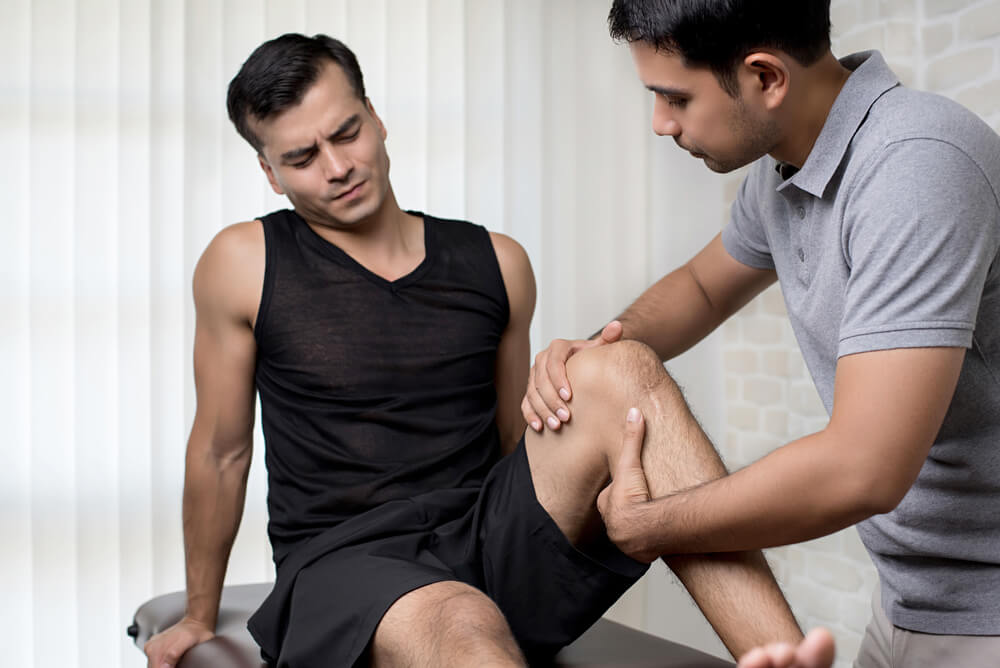Anterior cruciate ligament (ACL) reconstruction. Total knee replacement. Knee arthroplasty. There are many types of knee surgery, and each type can address a specific knee problem.
Such surgeries are far more common than most of us might think. A medical study reveals that 4.7 million Americans had had a total knee replacement as of 2010. Another study reports that about 100,000 ACL reconstruction surgeries occur in the U.S. annually. After having a knee surgery, physical therapy can be instrumental in a fast and effective recovery. In fact, there are many therapy methods that can help you get the most out of your post-surgical rehab.
Three techniques that can help you get the most out of your post-knee surgery physical therapy
Each post-knee surgery physical therapy plan is carefully crafted. In addition, these plans are personalized to fit the needs of the patients using them. One reason this high level of personalization is possible is that physical therapists have many techniques at their disposal.
Three of the techniques that can boost the effectiveness of your post-surgical therapy are:
- Blood flow moderation training — This technique involves restricting blood flow slightly using a special device. The result is that muscles must work harder than they would have to to do the same movements with full blood flow. Blood flow moderation training (BFMT) is commonly used to help patients after an ACL surgery. A study of BFMT for ACL surgery patients shows that it helped improve muscle mass by:
- 1.54 centimeters in muscles above the kneecap of the affected knee
- 1.7 centimeters in the thigh muscles of the affected leg
- Therapeutic exercises — Your physical therapist can also show you how to do beneficial exercises. Such exercises can include stretches and strengthening movements. Doing the exercises you’ve been shown can help improve your knee range of motion (ROM) after surgery. One study reveals that therapeutic exercises helped improve knee ROM by two degrees on average immediately after they were done.
- Dry needling — Some patients might be wary of this technique, but dry needling is done using very thin needles and doesn’t tend to cause any discomfort. Your physical therapist places the needles into the soft tissue around your knee to generate a local twitch response. In turn, this can help reduce post-surgical pain. Medical researchers report that four weeks of dry needling helped decrease pain scores in knee replacement patients by more than 36 points on average.
Need a physical therapy team for your post-knee surgery therapy? Border Therapy Services can help!
Are you looking for a physical therapy team to help you recover after knee surgery? Our Border Therapy Services team is ready, willing and able to help you. We can assess your knee after surgery to learn what symptoms and limitations you have. Also, our physical therapists are adept at constructing individualized rehab plans designed to decrease pain and improve your ability to move.
Want to do some of your rehab from home? Our team can help you with that, too. We offer at-home care sessions where you work with your physical therapist in your home, and you can also meet with our physical therapists via a secure online video link during a virtual therapy session.
Contact us today for more information about the post-knee surgery physical therapy we offer or to schedule an initial appointment.
